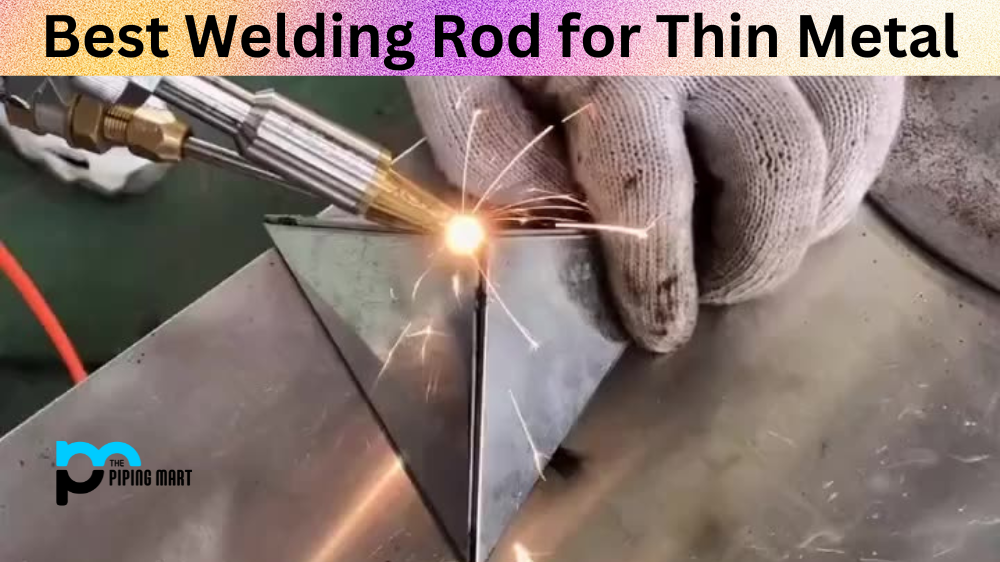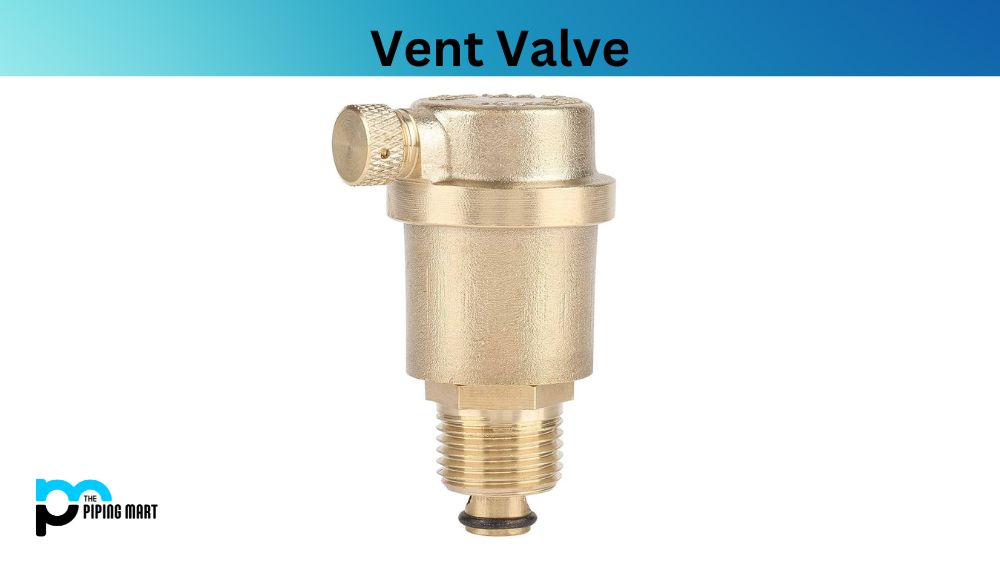Insulating the pipes is one of the best strategies to reduce the incidence of moisture in plumbing. Professionals frequently employ fiber-free, non-absorbent materials, reducing the risk of mold growth and its harmful effects. Continue reading to learn more strategies for reducing moisture in the pipework.
Identify the Sweating Water Pipes
There’s a good likelihood that not all your pipes are the source of your ongoing moisture issues. Consequently, locating the sweating pipes may be a solution. Unfortunately, gaining access to these pipelines may not be simple, and without direct access, resolving this issue may not be achievable. Finding a method to expose the pipes should be the first step. Please be aware that you might have to cut drywall or other finished surfaces. After exposing the pipes, you look for strategies to stop moisture infiltration.
Eliminate Additional Moisture
You must fix any problems that create moisture after exposing the pipes. Even some leaking or dripping pipes may be present. Depending on the source of the leak, you may be able to solve the issue by tightening a faucet, for example.
Insulation
Insulating water pipes, ducts, and fittings is an effective way to stop moisture intrusion. Condensation will be common without insulation, which might cause many issues. Closed-cell elastomeric foam is an excellent material to utilize for this. This material is an excellent technique to prevent moisture from occurring and minimize mold development in the insulation.
Avoid Gaps in Piping Systems.
Use ArmaFlex 520 to fill in gaps and seal all your seams to help stop moisture infiltration. You may also use different materials, but make sure they don’t absorb moisture. If you are working with chilled water and a refrigeration pipe, you should look for this. Condensation may quickly become an issue with these types of pipes.
You may want to take steps to prevent corrosion from attacking your pipes in addition to addressing the moisture issue. To prevent them from falling off their supports, you can use pipe saddles as a barrier.
Preventing moisture infiltration and keeping metals apart will ultimately reduce the possibility of pipe corrosion. This is possible without using hot work, straps, or chemical mixing.

Pipingmart is B2B portal specializes in industrial, metal and piping products. Also, share latest information and news related to products, materials and different types grades to help business dealing in this industry.




